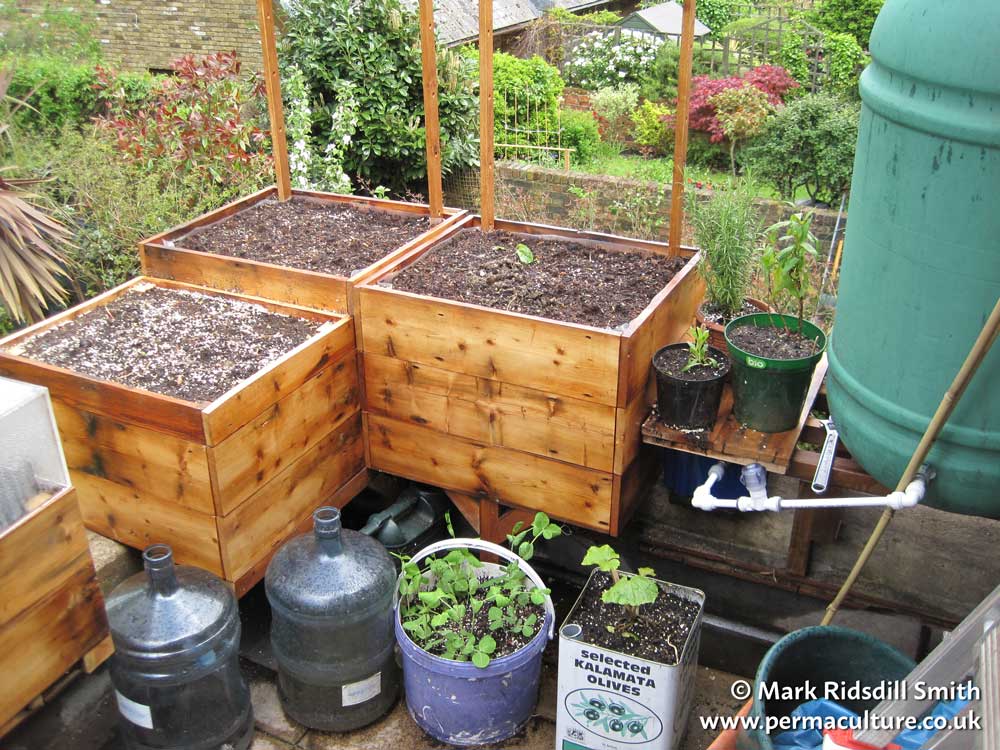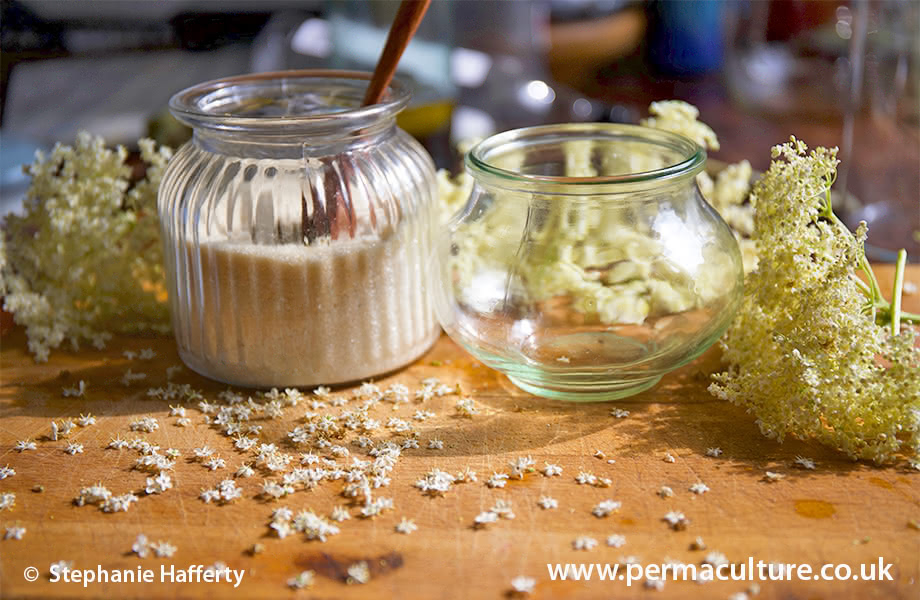There is a huge variety of fungi out there and not all of it edible. Then there are the edible fungi that can be easily confused with those not so edible ones. Warning: Please take great care before you eat any fungi. Take a course and research the subject properly!
Here is a guide to some of the most common species that are easier to identify.
Cep / Penny Bun Bolete
(Boletus edulis)
Commonly found in mixed woodland, the cep’s brown convex cap ranges from 8-20cm, with a creamy white stem, sometimes streaked with pale brown. Its pores are white/cream in young specimen and turn yellow with age. Their spores are olive brown and instead of gills, they have tubes, which begin white/cream and become yellow/grey. When cut, their flesh is white. They can be found between mid-June until around the end of October and are delicious dried, in soups, sauces and stocks. Young cep’s are great raw in salads.
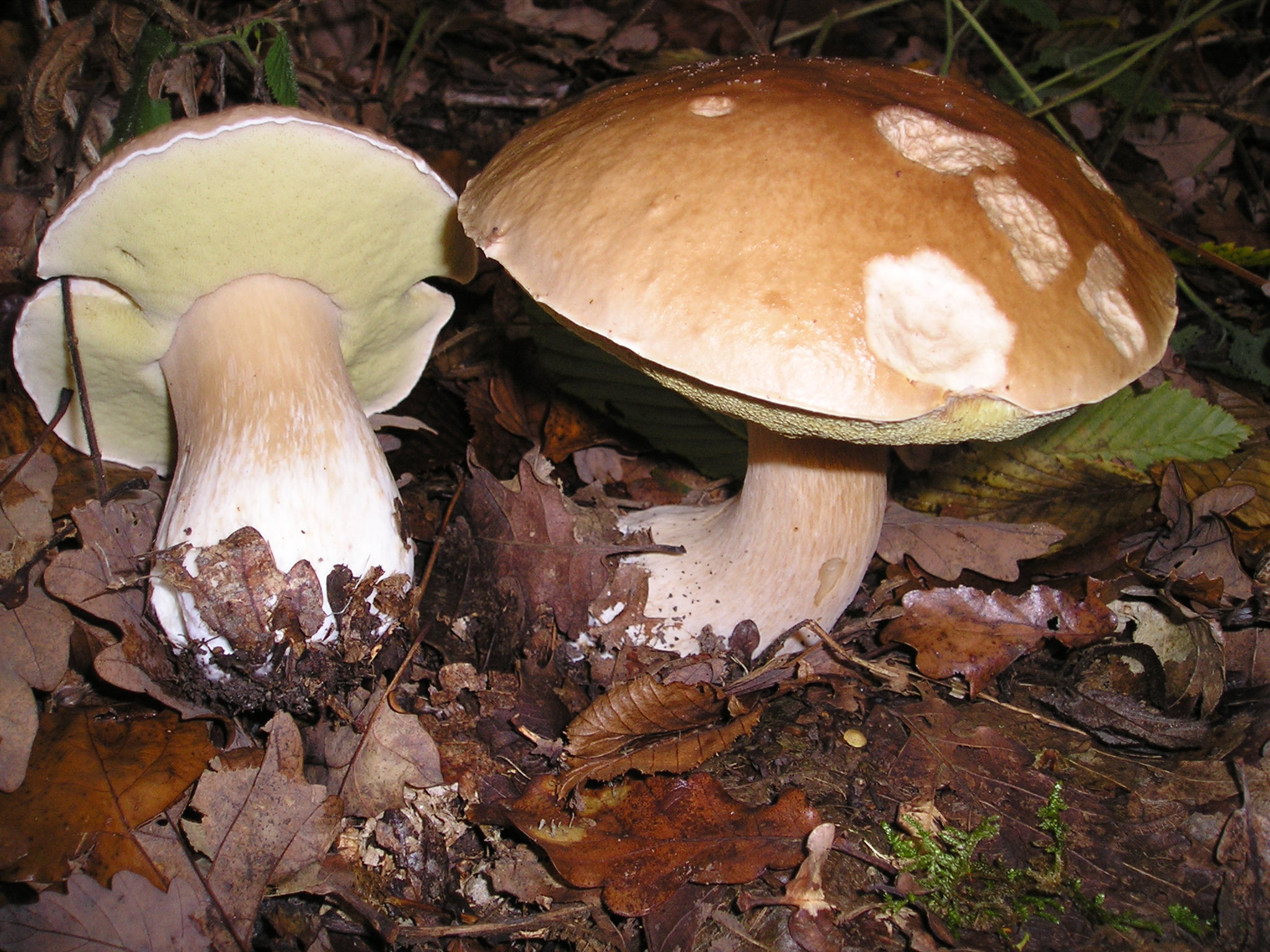
Hedgehog / Wood Urchin
(Hydnum repandum)
A fungi found in troops on ground below deciduous and coniferous trees. Forage for them between mid-June and the end of October, looking for pinkish-buff coloured caps between 5-15cm. They can also be orangey-pink, with irregular lobes and in-rolled margins. They are singular but can be found fused with another. Their short, stout, brittle stems are paler than the cap and usually off-centre. Instead of gills they have short spines the same colour as the cap (this is why they are called the hedgehog mushroom). When cut, their flesh is firm, brittle and pale yellow-cream and are best cooked slowly for a better flavour. They also can be dried and frozen.
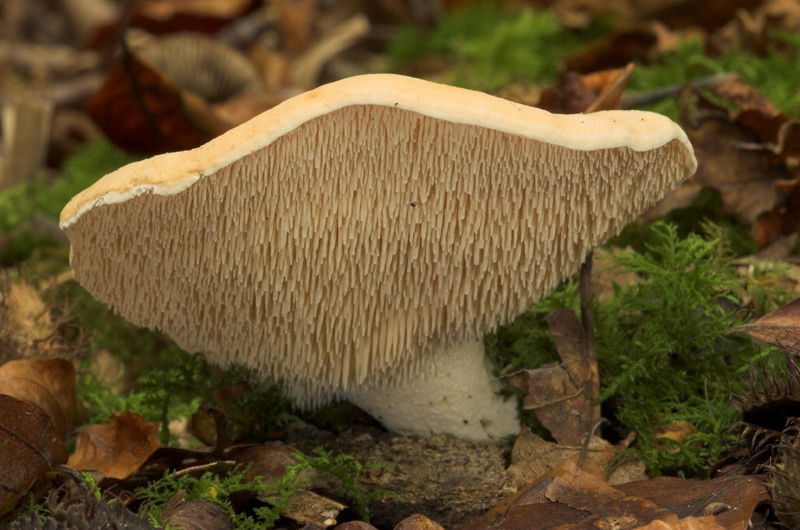
Shaggy Inkcap
(Coprinus comatus)
Although a very common mushroom, the shaggy inkcap is not deemed to be as delicious as other mushrooms, and can only be eaten while the gills are still pale and haven’t begun to turn ‘liquidy’. They can be found between August and November, in grass, on roadsides and the edges of pathways. The white cylindrical cap ranges from 5-12cm high, covered with pale fibrous scales. The spores are black and the white gills which are free (do not reach the stem) turn black and deliquescing after time. The tall, white stem is hollow and has a loose thin ring which often falls down the stem.
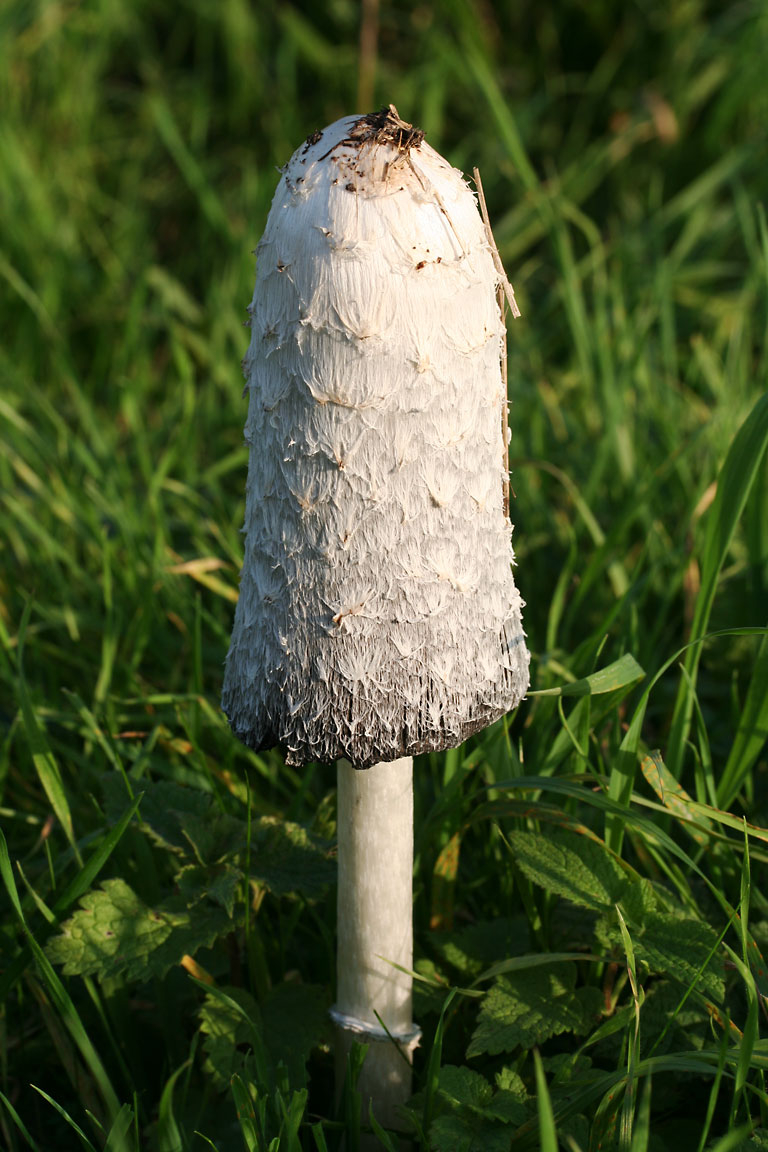
Fairy Ring Champignon
(Marasmius oreades)
Another very common mushroom, which is found in rings in short grass (hence the name). This smaller mushroom can be foraged between May and November. Its buff coloured cap is about 2-5cm, starting bell-shaped and becoming flattened. Their margins are often wavy, with a broad umbo (raised area of the cap). The stem is thin and tough with a similar colour to the cap. It has white spores and white then cream, thinly spaced gills that are free (do not reach the stem). When cut, the flesh is thin and white and it can be easily dried.

Chanterelle
(Cantharellus cibarius)
This egg yolk-yellow mushroom prefers damp acid soils, so watch out for them between mid-June and the end of October, on ground below deciduous or coniferous trees, in troops. Their caps range from 3-10cm, with a short and solid stem of the same yellow shade as the cap. The cap is lobed with an in-rolled margin, which eventually becomes depressed in the centre and the margin becoming wavy. Spores are an ocre colour and when cut, the flesh is a paler yellow. With a firm texture they are brilliant slow cooked in plenty of liquid. They can be dried and frozen easily.
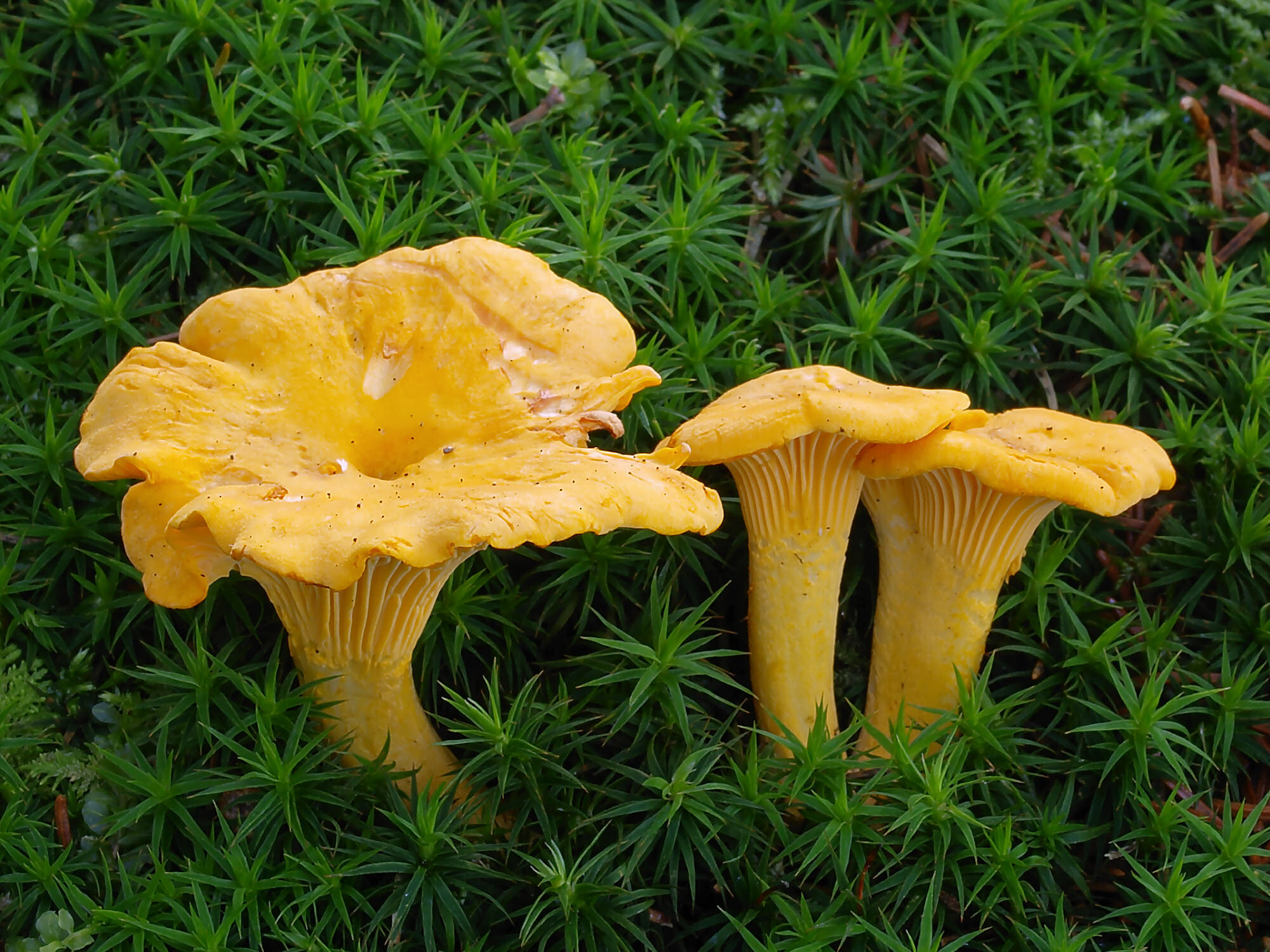
So here are five mushrooms to help you feel more confident about foraging. For a few more easy to spot mushrooms visit:
www.foragingguide.com/mushrooms/articles/general/your_first_10_wild_mushrooms
